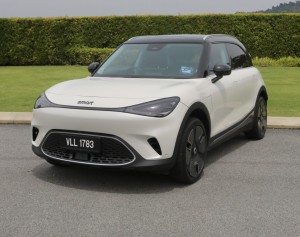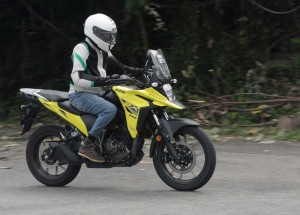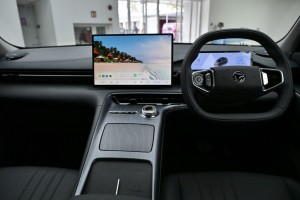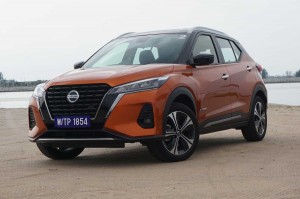COLOGNE: Amid the growing electro-mobility wave, vans are now also increasingly going electric.
Numerous electric vans are coming out in 2021, including the Citroën e-Jumpy, the Fiat E-Ducato, the eSprinter, EQV and eVito from Mercedes, and the Nissan e-NV200 Evalia.
And there's also the Opel Vivaro-e and Zafira e-Life, the Peugeot E-Traveller and E-Expert, the Renault Master ZE and Kangoo ZE, the Toyota Proace City Electric, and the VW eCrafter.
Buyers of e-vans can include tradespeople and businesses as well as families who want a cheaper method of mass transport than SUVs.
"Depending on the model and size, vans score with plenty of space and the option of mounting up to three child seats next to each other on the rear bench," says Steffen Stumpp from the strategy consultant Berylls.
Current models offer a maximum range of around 300km, but that should be enough for everyday needs. They also offer emission-free driving. The disadvantage is that they cost more than the same vehicle with a combustion engine.

Philipp Meier of Auto Club Europa (ACE) sees the limited top speed and a lack of quick charging points as other disadvantages.
“While the question of speed will be of secondary importance for many city dwellers, range and fast charging options affect most drivers of e-cars,” he says.
Jens Dralle from “Auto, Motor und Sport” magazine also sees range and charging as issues: "Without an intermediate stop and a fast charging option, the charging breaks and thus the journeys will be very long."
This will particularly affect families or others who buy an electric van or minibus for longer trips such as vacations. Charging without a quick charger can take hours.
The situation is different for tradespeople who use their vans within a limited radius, perhaps in a city. They can always charge the vehicle every evening.
The range given by the manufacturer can also be exaggerated. In one e-van test the range in actual use was found to be only 220km instead of the specified 329km.
Philipp Meier advises prospective buyers to carefully investigate and test an e-van before buying it. For example, they should pay close attention to the battery capacity.
"How does the car behave in real operation, how much electricity does it consume and how far does it get with one battery charge? Personal experience is always the best recommendation to buy,” he says.
Steffen Stumpp recommends making sure that the vehicle has a fast charging option with at least 50kW.
"It is important that the battery can be recharged to 80 per cent within 45 minutes," he says. This is the only way for owners to avoid hours of charging pauses on longer tours.
For private customers, Jens Dralle does not currently see any decisive advantages to e-vans apart from emission-free driving.
However, "that could change in two years if the range continues to increase and prices fall. The market is only now getting a real momentum and efficiency will increase."












